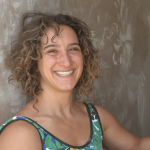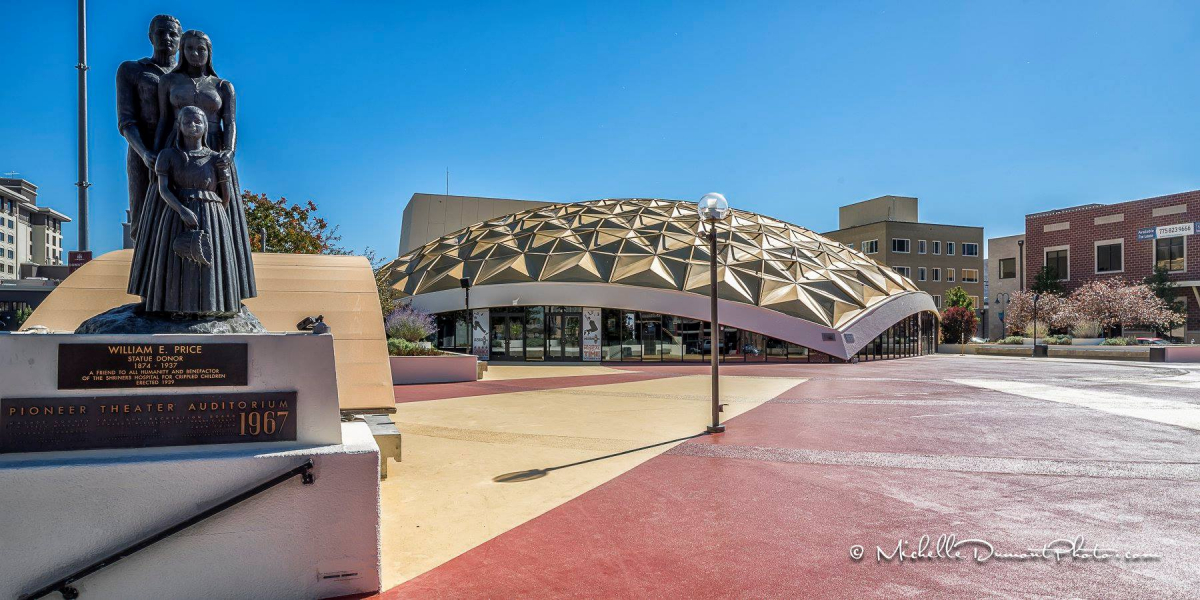Help Your Team Grow or Watch Your Team Go: Empowering Passionate Employees to Become Leaders in their Own Right
Posted by May 07, 2019

Dennyse Sewell

Ms. Shoshana Zeldner
Dennyse Sewell is the new Executive Director of the Pioneer Center for the Performing Arts, a historic nonprofit theater in Reno, Nevada where she has worked for the past 15 years. Dennyse began her career in the arts as a part-time, on-call ticket seller at the Pioneer Center while pursuing a Bachelor of Science degree in Conservation Biology. Her unlikely path to the head of a major cultural institution was fostered by a wide range of local arts leaders who shared their expertise, guidance, and mentorship as she worked her way up in the ranks. Dennyse’s passion for nonprofit arts administration extends beyond the walls of the performing arts center and out into the community, where she has served as past Board member, grants panelist, and project volunteer to multiple cultural organizations in the Reno area. Dennyse was interviewed by Shoshana Zeldner, a member of Americans for the Arts’ Emerging Leaders Council who currently works as Program Manager for the University of Nevada, Reno’s School of the Arts, about her journey into executive leadership with her organization.

What is one thing you learned as a ticket seller (your first position with Pioneer Center for the Performing Arts) that still informs the work you do today?
I came into the organization on the ground level, without any prior experience but with a strong desire to prove myself and earn my place on the team. It was my first entry into nonprofit arts administration, and I felt very fortunate to have been given that opportunity. I think a sense of humility and a commitment to hard work is what has really stuck with me over the years ... that feeling that I am so fortunate to have had the opportunities I’ve been given, and that the most important thing I can continue to do is work hard for the sake of the team as a whole.
How has your experience coming up in the ranks of the Pioneer Center for Performing Arts informed your approach to leadership?
There’s an epiphany that comes when you reach the top position in an organization and look back on your own career trajectory. Just as I was once new to the Pioneer Center and feeling unsure of my place, I recognize that all employees are searching for the most rewarding, challenging opportunities that will enable them to build their skill set and demonstrate their commitment to their work. I was fortunate that when I began, the leadership at the Pioneer Center recognized my desire to make a meaningful contribution to the team. This early recognition came with many opportunities over the years to stretch into new (sometimes uncomfortable) roles. Although I’m now the Executive Director, I still carry with me that deeply rooted sense of gratitude for the potential that my predecessor saw in me when I first started. I’m committed to recognizing the unique potential in each of my employees and making sure they are given opportunities to discover and explore their own potential.
Younger talent is statistically more likely to job hop. This comes at a cost to organizations. What strategies have you used to keep younger employees satisfied and fulfilled in the workplace?
I’ve been with the Pioneer Center for 15 years, which probably sounds like a lifetime to most young people today. I didn’t intentionally set out to stay with the organization for the rest of my career (after all, I had just graduated college!), but I was continually challenged by the evolution of my position over time. I truly believe that talented, dynamic, driven employees CAN be happy staying at the same organization for a long time, but only if the job remains challenging and interesting for them. Satisfaction and fulfillment come through doing your best work and receiving appreciation and recognition for your contribution. I strive to understand what makes each employee feel valued while also pushing them slightly outside their comfort zones and into levels of responsibility and decision-making they may not otherwise have self-selected.
How do you identify what your employees need to become successful leaders within the organization?
“Leader” is a word that people tend to equate with “boss,” but those two terms are certainly not synonymous. I firmly believe that leaders happen at every level within an organization, and that the attributes for leadership can be found in entry-level employees just as frequently as they can be found in top-level executives. Working in the arts, we’re fortunate that passionate and dedicated people are drawn to our mission-driven organizations. If an employee demonstrates a connection to the work and a desire to make an impact within the organization, they have all the raw material needed to become a successful leader. Each individual employee will have a different set of natural talents, meaning there is no one-size-fits-all approach to determine what they need for their own growth, but it begins with direct, frequent, and open communication. It’s amazing what a manager can learn by simply asking their employee what they need and how to help empower them to achieve it.
How can other Executive Directors create pathways for professional growth within their own organizations?
The Executive Director (E.D.) is responsible for setting the tone of the organization, and no matter the size of the staff, it’s essential that the E.D. creates an environment that values professional development. Talented and driven employees are hungry for continuing education and community engagement opportunities. If the E.D. establishes an ethos that values promoting from within, those talented employees will be inspired to work hard, keep learning, and stay with the organization because they can envision a future pathway for their career. Opportunities to attend workshops, conferences, symposiums, and community gatherings are highly valued by employees. Managers should understand the strengths of each employee and guide them into a combination of professional development opportunities that play to their strengths while also causing them to stretch into new areas of growth. With that said, it’s equally critical that managers create a framework for inviting their employees to share the results of those professional development opportunities with the rest of the team, and then empowering them to explore ways to apply their expanded knowledge to their work within the organization. If an E.D. demonstrates a commitment to their employees by investing in professional development and providing opportunities to utilize new skill sets, they will set their organization up for greater overall success by cultivating leadership at every level.
This post is part of the Own Your Past, Shape Your Future blog salon.





